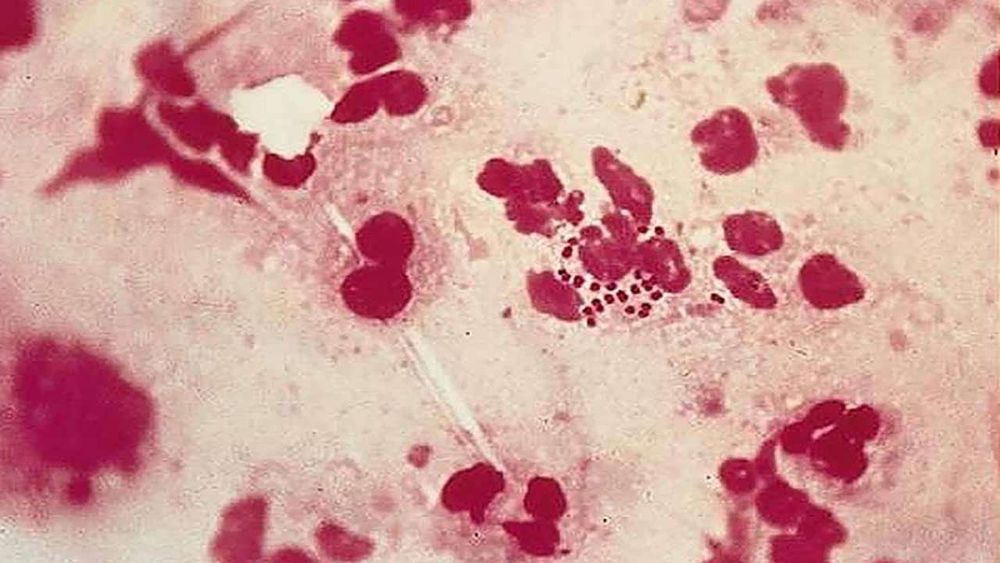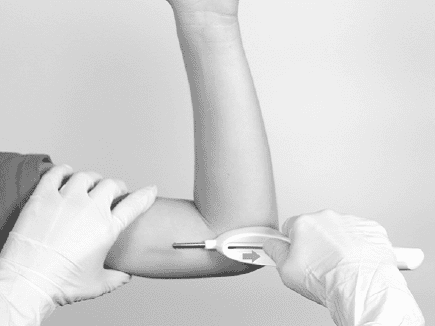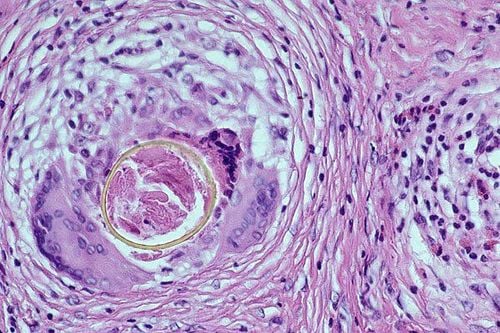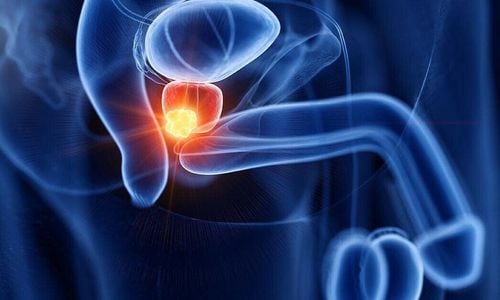This is an automatically translated article.
Posted by Master, Resident Doctor, Doctor Nguyen Thi Hang - Laboratory Doctor - Laboratory Department - Vinmec Times City International HospitalPIN and ASAP are cell changes in the prostate that can be seen under a microscope. PIN represents prostate intraepithelial neoplasia and ASAP represents atypical small cystic proliferation.
1. What is a PIN?
PIN and ASAP are cell changes in the prostate that can be seen under a microscope. If you are diagnosed as a PIN, it is probably an altitude PIN. There is also a low level of PIN, but there is no evidence that this damage can cause problems in the man's life.
In fact, PIN represents prostate intraepithelial neoplasia, which is the name for several types of cell changes in the prostate gland. These changes can only be seen under a microscope. Scientists aren't sure what causes PINs, but these changes increase as you age.
Although a PIN is not prostate cancer, many men with prostate cancer also have a PIN. However, not all men with PIN have prostate cancer.
2. What is ASAP?
ASAP represents proliferation of small atypical cysts. It means there are abnormal cells in your prostate but it is not clear whether they are cancerous or not.
ASAP may be a group of cells that could be cancerous , but are still too small to be discernible under a microscope. This means they cannot diagnose cancer. Or ASAP could be other abnormal cells that won't develop into cancer. Because of this uncertainty, your doctor may order more tests if diagnosed ASAP.
Doctors say, there is also the possibility of co-existence of both ASAP and PIN in the prostate gland of men. So is it more likely to get prostate cancer when a man has PIN or ASAP? In fact, people are more likely to develop prostate cancer if they have PIN or ASAP. Therefore, if you are diagnosed as PIN or ASAP and are concerned about the possibility of prostate cancer then you should see your doctor for specific advice.
3. What are the symptoms of PIN and ASAP?
PIN and ASAP do not cause any symptoms, but they are usually diagnosed when a man is tested or treated for other causes of the prostate that are causing the symptoms. For example, if you have a prostate as large as a PIN, you may develop urinary symptoms (peeing) that are caused by an enlarged prostate and not by your PIN.
If you have any symptoms related to urination problems, talk to your doctor. They may order further tests to find out what the cause is and suggest appropriate treatment.
4. How are PIN and ASAP detected?
PIN and ASAP can only be found when looking at prostate tissue under a microscope. This can happen if:
You have a biopsy to look for prostate cancer. You have surgery, called transurethral resection of the prostate (TURP) to treat an enlarged prostate.

5. How common is PIN and ASAP?
We don't know how many men in the UK have a PIN or ASAP. But men have a sample of their prostate tissue observed under a microscope (eg, after a biopsy):
Up to 1 in 20 men (5%) have a PIN About 1 in 50 men (2%) ) have ASAP. Black males are more likely to have a PIN than white males. Several studies have shown that black men have a higher prevalence of PIN at an earlier age than white men. However, the reasons for this are unclear, and no studies have examined the likelihood of PIN or ASAP in Asian and mixed-race males.
Studies show that black men are more likely to have prostate cancer than other men of the same age in the UK. In fact, one in four black men will be diagnosed with prostate cancer, but scientists still can't explain why?
6. What is the treatment for PIN and ASAP?
You probably won't need immediate treatment for PIN or ASAP, but you may have more frequent checkups to check for any changes that suggest cancer is growing. Accordingly, you may have to:
Routine PSA tests Rectal imaging exams Other biopsies. You may also have an MRI test to make sure there is no cancer in another part of the prostate that was not seen during the biopsy. The tests you have to do will depend on your specific case. Talk to your doctor or nurse if you have any questions.
If you are diagnosed with cancer, it is more likely to be an early stage cancer because you have been screened regularly. This means it can be carefully monitored or treated if needed. If you have prostate cancer, you won't need routine checkups for PIN or ASAP.
Currently, Vinmec International General Hospital has been and continues to be fully equipped with modern diagnostic facilities such as: PET/CT, SPECT/CT, MRI... biology, immunohistochemistry, genetic testing, molecular biology testing, as well as a full range of targeted drugs, the most advanced immunotherapy drugs in cancer treatment. Multimodal cancer treatment from surgery, radiation therapy, chemotherapy, hematopoietic stem cell transplantation, targeted therapy, immunotherapy in cancer treatment, new treatments such as autoimmunotherapy body, heat therapy...
After having an accurate diagnosis of the disease and stage, the patient will be consulted to choose the most appropriate and effective treatment methods. The treatment process is always closely coordinated with many specialties to bring the highest efficiency and comfort to the patient. After undergoing the treatment phase, the patient will also be monitored and re-examined to determine whether the cancer treatment is effective or not.
Especially, now to improve service quality, Vinmec also deploys many cancer screening packages that can help customers detect cancer early before there are no symptoms, bringing a better prognosis. treatment and a high chance of recovery.
Please dial HOTLINE for more information or register for an appointment HERE. Download MyVinmec app to make appointments faster and to manage your bookings easily.
Reference source: https://prostatecanceruk.org/prostate-information/further-help/prostate-biopsy-results-pin-and-asap














